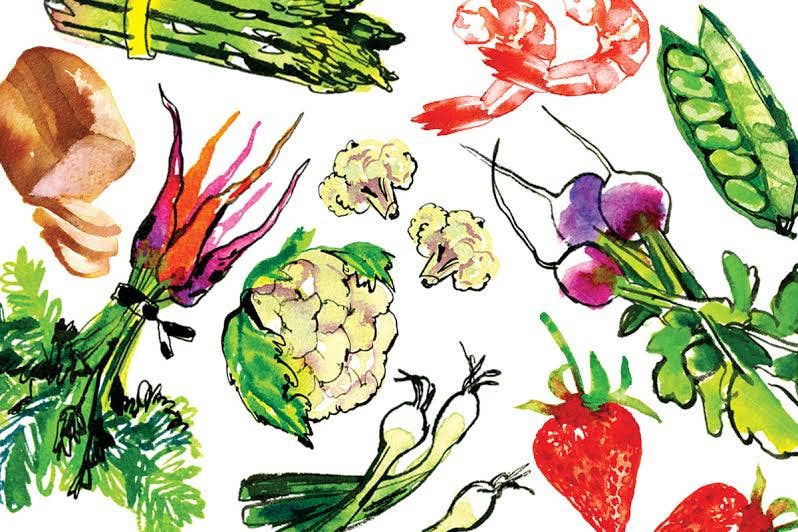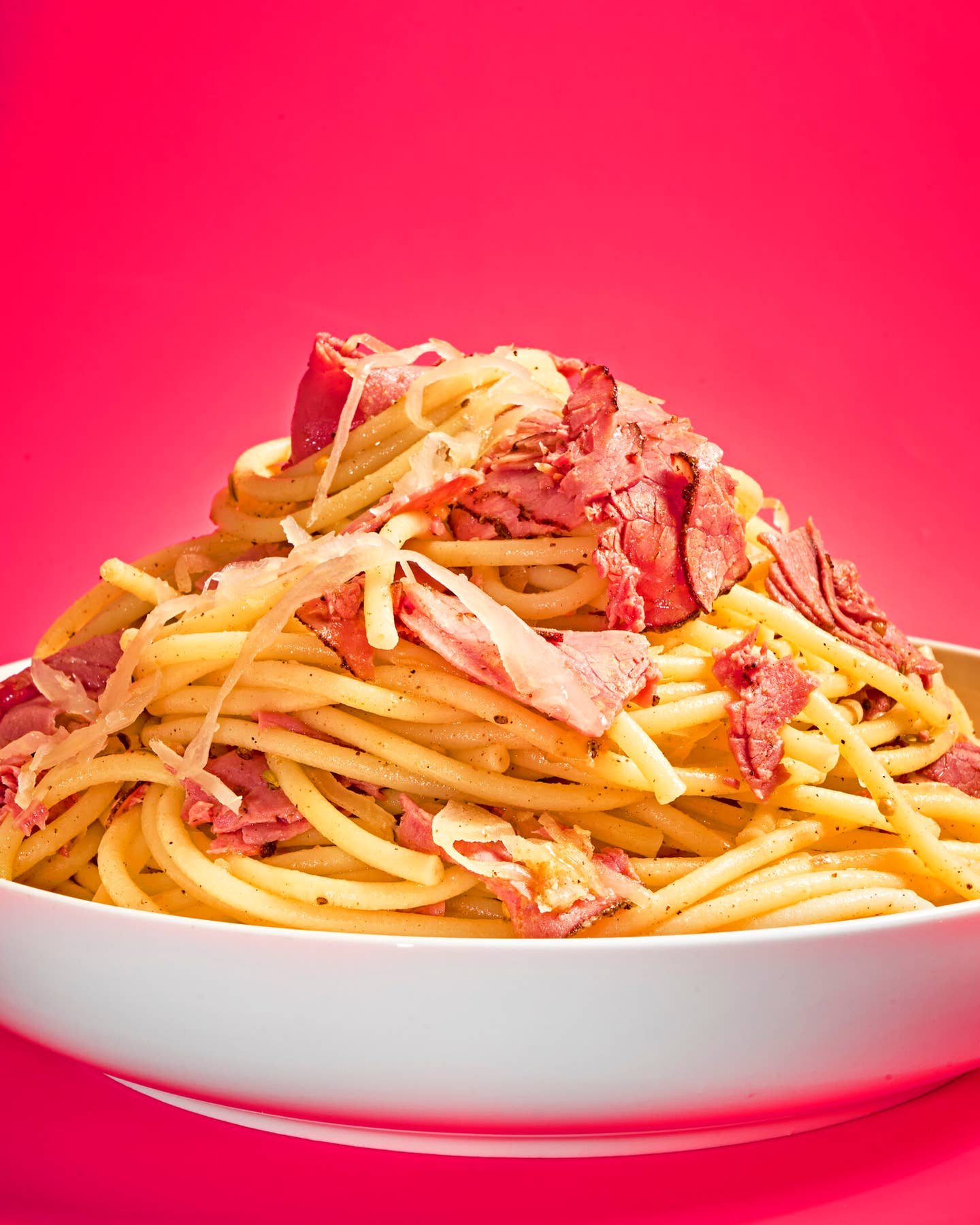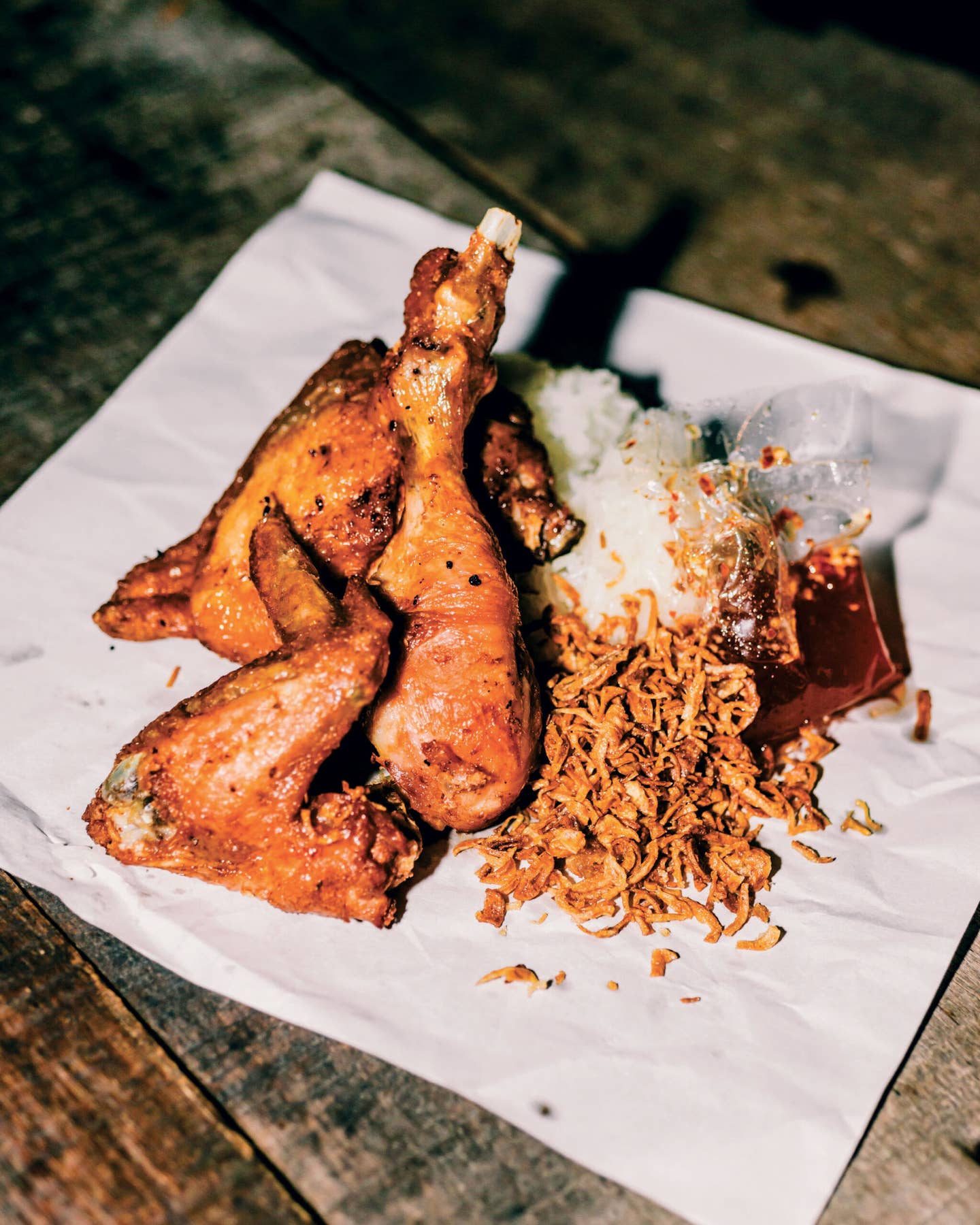
Grading Beef
The passion for prime steak is fueled by how little of it there is to go around. Less than 4 percent of all beef that passes through USDA gradings—which, unlike safety inspection, is voluntary and paid for by the meat processor—is labeled prime, and most of that lands on pricey steak house menus or in high-end butcher shops. Among the criteria for inclusion in this elite tier are fat marbling (the more, the better) and the animal's age (younger animals have less collagen in their muscle and, thus, tenderer meat).
The USDA instituted the grading system in 1926, with the aim of supplying the consumer with a reliable indication of quality. There are eight government grades for beef: prime, choice, select, standard, commercial, utility, canner, and cutter. Steak aficionados seek out the top two, prime and choice (the latter of which represents more than half of all graded beef), which are streaked with plenty of intramuscular fat—a condition that makes them tender enough for dry-heat cooking methods like grilling, roasting, and broiling. Steaks that have been graded select—a variety primarily sold in supermarkets—are generally too lean to yield better than average results. The remaining grades designate meat that's sold wholesale, for use in a range of products, from frozen foods to hot dogs, though the majority of this wholesale-class meat isn't graded at all. The reason is that most meatpackers don't bother to seek grading for cuts they know won't receive prime or choice designations, which fetch the highest prices. This ungraded meat is often called "no roll"; the term refers to the absence of the USDA grade stamp, which is rolled onto the carcass.
In addition to the federal grading system, consumers have another option available to them: beef that has undergone certification. This program, overseen by the USDA, certifies that the beef bearing this designation is from a particular breed or variety. The most common breed certification is for beef from Angus steer and heifers, which have consistently demonstrated a predisposition for developing well-marbled meat.
Steak lovers on a budget should remember that they'll get tastier results using lesser cuts (top round or flank steak, for example) graded prime or choice than they will with higher-end cuts (like rib eye or porterhouse) graded select. Note that most beef from naturally raised, grass-fed animals is sold ungraded, as its quality can't be judged by the same standards that apply to commercial beef.
Keep Reading
Continue to Next Story










